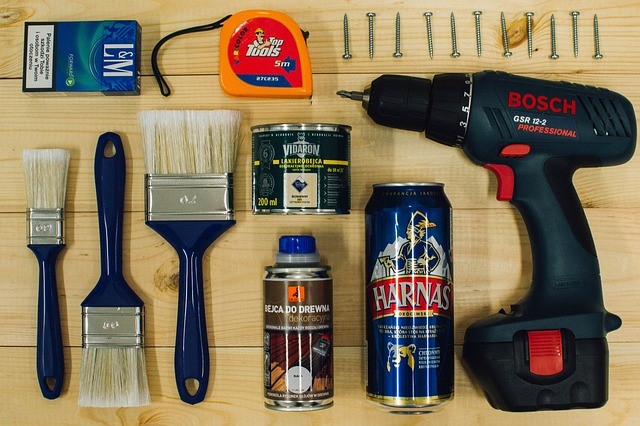
Covering the Cost of Home Repairs: How to Save and Plan
Paying for home repairs can get costly very quickly, especially for bigger projects such as a roof or hot water heater. Every homeowner must think about these things at some point, so it’s best to start planning now, even if you’ve only been in your house for a short time. Having a rainy day fund will really come in handy when an unforeseen issue arises since homeowners insurance only covers a very specific list of things. It can be difficult to start saving, however, especially if you are living paycheck to paycheck. Putting money aside can be tricky when you’re also saving for college funds, mortgages, and retirement. So, how do you get started?
One of the best ways is to do some research. Look online to get an idea of how much certain projects cost and when they typically need attention. For instance, a water heater usually has a life of about 10 to 12 years before it needs to be replaced. If you live in an area that sees a lot of high wind or storms, such as on the coast, your roof may need care more often than a home in the suburbs. Keep reading for some great tips on how to cover the cost of home repairs and upkeep and the best ways to go about saving for them.
Get to Know Your Roof
There are several different types of roofing materials available and many different parts involved, so it’s important to do a little research to find out more about the one on your home. This will help you understand which repairs might be necessary, how to do basic maintenance, and what the typical costs are. Most homeowners are eligible for insurance that will cover repair costs in the event of storm damage, but you may be liable for wear-and-tear repairs. Check out your roof and look for broken or missing shingles, especially after a storm, so that you can stay on top of leaks; this kind of water damage inside the home is typically not covered by flood insurance. Keep in mind that a roof replacement costs an average of $4,900 to $14,100.
Start Saving
Creating a savings account solely for home repairs and maintenance can really come in handy for emergencies and can reduce stress or anxiety in your life. The question remains: How do you start saving? There are several ways you can put money aside for your home’s needs. You might try cutting back on eating out and cook at home every night (as well as bring your lunch to work), carpool with a co-worker to save money on gas, and make your home more energy-efficient to save money on utilities. This can include sealing up cracks around doors and windows and installing LED light bulbs that will last for several years.
Choose the Right Contractor
While some home repair jobs are DIY, many will require a professional contractor to ensure the job is done correctly and safely. It’s imperative to ensure that you choose the right company for your needs, so do some research online before making any decisions. Read reviews, check out pricing, and compare websites to find the best fit for the job at hand. Also, don’t forget to ask for a price quote when you find one you like.
Covering the cost of home repairs can be a challenge for any homeowner, but if you are prepared and have a good plan in place beforehand, there are many ways you can start saving without the stress. Staying on top of maintenance will help keep those costs down, so make a list of things that need attention throughout the year.
Credits: Julian Lane